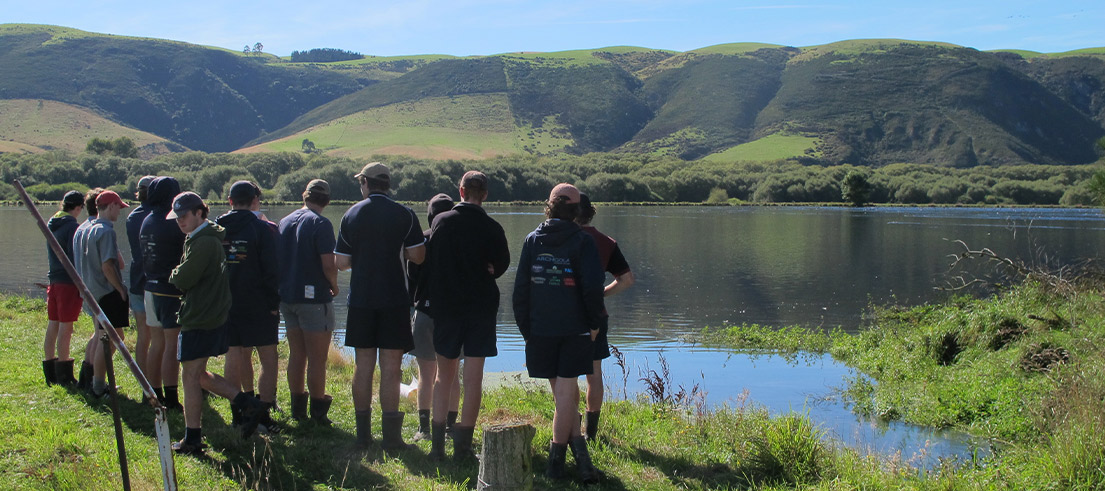
Field trip offers hands-on learning for Timaru students
Students from Timaru Boys' High School have had a first-hand look at the way farming can impact waterways - while enjoying some hands-on learning in the field.
A group of Year 13 agricultural science students spent a day visiting four sites in the Ōpihi catchment, immersing themselves in biodiversity to get a snapshot of the area's environmental health.
Water sampling and testing
Their first task was to sample the Ōpihi River for macroinvertebrates. These are the small organisms found in waterways and include a variety of fly larvae, beetles, worms and snails. These organisms can be impacted by pollution and are a useful indicator of stream and river health.
The group also tested the water for phosphates and nitrate and looked at algal growth and water clarity. They were given identification charts and photos to refer to, which helped them analyse what they were seeing.
Next on the itinerary was a farm visit at Wainono Dairy. General Manager John Wright outlined his work around nitrate reduction and showed the students the technology that's involved in running a modern-day farm.
The following day, the group heard from a range of experts in a follow-up class session. Speakers included a senior scientist - who spoke to them about their water sampling results, a cultural advisor, a land management advisor, and a biodiversity officer.
Ag-science career pathways
Youth engagement and education advisor, Debbie Eddington, says the trip enabled the students to see real science in action and offered some food for thought for those heading off to tertiary education next year.
"It perhaps gives them a bit more insight into possible career pathways. It also enables them to see what's happening in the real world from both an Environment Canterbury perspective, and a farming perspective - and the impact on the environment."
18-year-old William MacKenzie (pictured) enjoyed getting out of the classroom to see how farm processes and weather events can impact water quality.
"I was amazed by how much the water clarity can change within such a short distance. I was also surprised by the number of invertebrates in the water. I didn't realise there'd be so many - and it was interesting to hear how useful they are".
The next generation
As Debbie points out, these young people are potentially future landowners and the next generation of farmers.
"It's important they understand what Environment Canterbury's requirements are and what farmers are doing to address them. It's also interesting to see what young people can come up with in terms of innovation - their ideas for getting around some of the big problems."
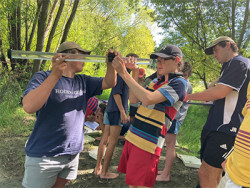
William MacKenzie, Mas Lissamen, Jackson Ross use a Clarity Tube to check water clarity.
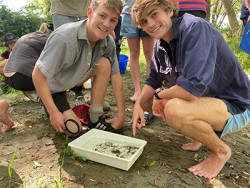
Sam Hinton and Thomas Fulton observe the variety of macroinvertebrates collected from a kick sample in the Ōpihi River.
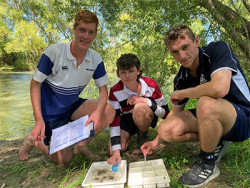
James Guerin, Oliver Geary and Harry Small sort and record their findings.
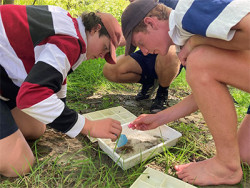
Oliver Geary and James Geurin sorting and identifying the macroinvertebrates.
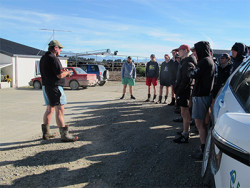
The students were shown the technology that's involved in running a modern-day farm.
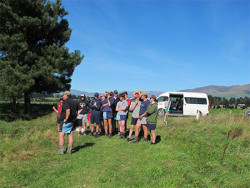
The trip offered some food-for-thought for those heading off to tertiary education.
